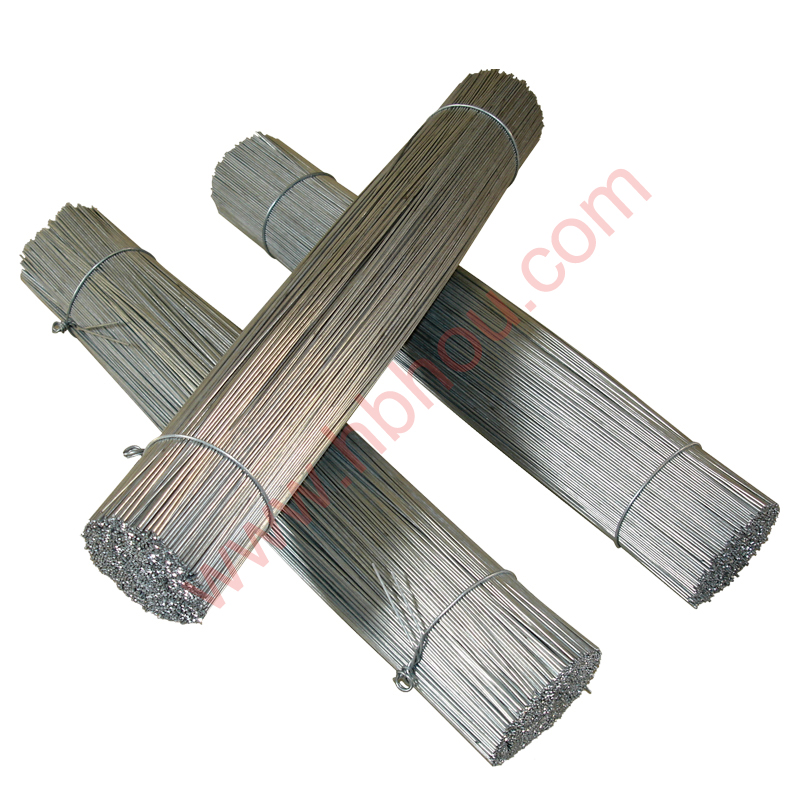Understanding the Importance of Driving Chain Link Fence Posts
When it comes to security and boundary demarcation, chain link fences are one of the most effective and economical choices available. Known for their durability and versatility, chain link fences serve a variety of purposes—from safeguarding homes and businesses to enclosing parks and playgrounds. However, the integrity of a chain link fence largely relies on the quality and installation of its posts, particularly the driving of chain link fence posts.
What are Chain Link Fence Posts?
Chain link fence posts are the vertical components that support the fence fabric and maintain its structure. Typically made from galvanized steel, these posts are engineered to resist rust and corrosion, ensuring that the fence endures the test of time. The two primary types of fence posts used in chain link installations are terminal posts and line posts. Terminal posts are situated at the corners and ends of the fence line, while line posts are evenly spaced between the terminal posts.
Why Driving is Essential
The process of “driving” chain link fence posts involves embedding them deep into the ground, usually by utilizing a post driver. This method is critical for a few reasons
1. Stability Properly driving posts ensures stability. If the posts are not embedded securely, the fence may lean or warp over time. A well-driven post creates a strong foundation that withstands environmental stresses such as wind or the weight of climbing vegetation.
2. Alignment Another vital aspect of driving posts is ensuring they are aligned correctly. Misalignment can lead to gaps in the fence or sections that sag, compromising security. Skilled installation means that all posts are uniformly driven, allowing for an even and aesthetically pleasing fence line.
3. Longevity When posts are driven deep into the ground, they are less susceptible to frost heave and ground erosion. In areas with extreme weather conditions, failing to drive posts adequately can significantly shorten the lifespan of the fence.
Techniques for Driving Posts
driving chain link fence posts

1. Manual Post Driving This traditional method involves using a heavy, cylindrical tool known as a post driver. The driver is placed over the post and struck repeatedly to push it into the ground. While this method can be labor-intensive, it works well for smaller fencing projects.
2. Hydraulic Post Drivers For larger installations, hydraulic post drivers are often employed. These tools utilize hydraulic pressure to drive the post into the ground quickly and efficiently, saving time and effort for larger fencing jobs.
3. Power Auger Another technique involves using a power auger to drill a hole for the post, which can then be backfilled with concrete. This method provides a sturdy post foundation, particularly in loose or sandy soil.
Best Practices
- Choose the Right Post Length The standard recommendation is that approximately one-third of the post should remain above ground, and two-thirds should be driven into the ground. Thus, selecting the appropriate height is crucial for maintaining the fence's stability.
- Use Concrete for Terminal Posts For terminal posts, especially in high-traffic areas or where the fence encounters significant force, setting the posts in concrete can enhance stability.
- Inspect Regularly After installation, regular inspections of the posts and fence fabric can help catch potential issues before they develop into significant problems.
Conclusion
Driving chain link fence posts is a crucial step in the installation process that cannot be overlooked. By ensuring proper driving and installation techniques, homeowners and businesses can enjoy the benefits of a secure, durable chain link fence for years to come. Whether you choose to undertake the installation yourself or hire professionals, understanding the role of driven posts will enable you to make informed decisions that best serve your fencing needs. A well-constructed chain link fence not only provides security but also adds value to your property, making the effort and investment well worthwhile.
















